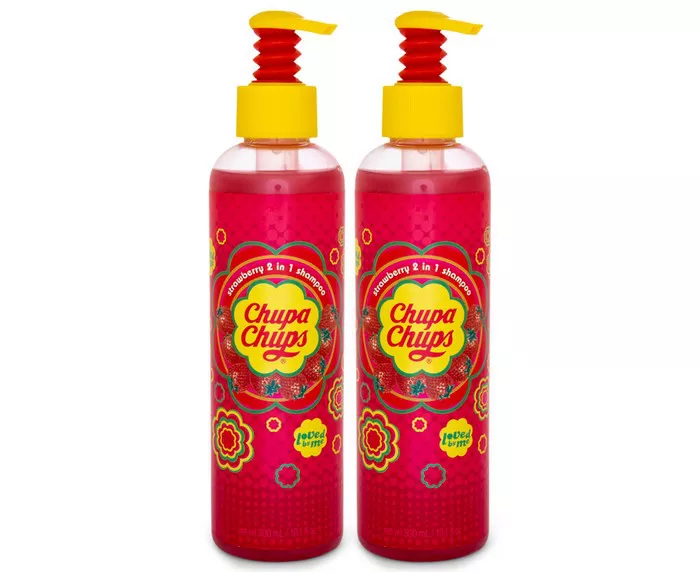Haircare challenges such as dryness, brittleness, and damage are common concerns for many individuals. Coping with these issues can be frustrating, often leading to experimentation with numerous hair products and styling tools. However, the relentless use of heat-based styling tools can exacerbate the problem, creating a damaging cycle.
To address these concerns and help you achieve luscious, healthy hair, we sought the expertise of Dr. Vanita Rattan, a renowned haircare expert and the founder of Skincareby. Dr. Rattan offers practical advice on adjusting your daily haircare routine, identifying crucial ingredients to seek out, and maintaining the delicate balance between styling and hair health.
1. Avoid Oiling Your Scalp
When combating hair that feels dry and brittle, the instinct is often to moisturize with serums and oils. While these products can benefit the hair’s ends, which are more susceptible to moisture loss due to age and exposure, it’s essential to avoid oiling your scalp. Dandruff, caused by the yeast-like fungus Malassezia, thrives on the oils and buildup on the scalp. Adding more oil can exacerbate the issue, even if it provides temporary relief.
The scalp naturally produces oils, known as sebum, which lubricate the hair and create a protective barrier against environmental factors like dirt and pollutants. Oiling the scalp can lead to an excess of oil, leaving your hair greasier, irritated, and itchy. This imbalance can contribute to lifeless-looking hair. Instead, focus on moisturizing the hair’s ends and use strand-strengthening oils to combat dryness and brittleness.
2. Condition Before Shampoo
Reversing the traditional order of haircare, consider applying conditioner before shampoo. Shampoos contain surfactants that cleanse the scalp by removing dirt, grease, and impurities. However, when rinsed out, shampoo can naturally flow down the hair’s length, potentially stripping the ends of their natural oils. This can result in dry, brittle, and damaged hair.
By using conditioner before shampoo, you create a protective barrier that keeps the hair hydrated and nourished. Moisturized ends are less prone to breakage, making this technique ideal for cleansing the scalp without overly drying the ends.
3. Avoid Tight Hairstyles
Tight hairstyles, such as slicked-back high ponytails, braids, or neat buns, can exert excessive stress on hair follicles. Over time, continuous pulling can lead to breakage, especially at the secured points, resulting in traction alopecia—hair loss caused by repeated hair pulling. Consistently choosing tightly styled hairdos can lead to progressively thinner, weaker hair prone to brittleness.
Additionally, tight hairstyles can disrupt the natural hairline, causing unevenness or even hairline recession. Opt for loose styles, like a messy low bun, side clips, or a hair bandana, to promote better airflow and reduce the risk of hair breakage.
4. Avoid Brushing Wet Hair in the Shower
Wet hair is at its most vulnerable, lacking the protective barrier provided by natural oils on dry hair. Vigorously brushing wet hair, particularly with a hairbrush, can lift the cuticles, leading to frizz, tangles, and damage. Handle wet hair with care, avoiding brushing it in the shower, as it can increase hair loss and split ends.
Instead, use a wide-toothed comb to gently detangle your hair before showering. For curly hair, consider brushing in the shower, as the water provides slip and softening, making detangling easier without causing excessive damage. Apply plenty of conditioner to your hair strands and use a detangler, moving from the bottom upwards to reduce scalp stress.
5. Choose the Right Ingredients in Haircare Products
Selecting the right products can make a substantial difference in revitalizing dry and brittle hair. For thickening shampoo, look for ingredients like glycerin, niacinamide, and vitamin A, which improve scalp health while cleansing and strengthening hair follicles. Salicylic acid can help remove excess sebum from the scalp.
In your conditioner, seek ingredients that reduce frizz, ease combing, enhance shine, and hydrate the hair strands. Triglycerides, shea butter, dimethicone, and isodaucene are excellent choices to minimize friction and add moisture. Your leave-in conditioner should be lightweight and absorb quickly, protecting your hair from heat styling and environmental stressors. Look for humectants that add moisture without weighing down your hair. Panthenol can improve elasticity without causing hair breakage.
When using hair oils, opt for lightweight, silicone-based options to reduce frizz, enhance shine, and protect against heat styling. Avoid raw oils like coconut oil, which can be too heavy and require multiple washes to remove, weakening your hair in the process. Carrier oils such as alma oil, jojoba oil, castor oil, and sweet almond oil provide hydration without the weight. Steer clear of products with fragrance, denatured alcohol, and essential oils, as they can further dry and damage your hair.
6. Increase Protein in Your Diet
Protein is a crucial component for maintaining hair health and strength. Hair strands primarily consist of keratin, a protein that provides structure, resilience, and elasticity. Keratin fills weak points along the hair shaft, offering support and reducing the risk of split ends and breakage. Ensure your diet includes sufficient protein by consuming foods like fish, legumes, chicken, turkey, and nuts.
By following these expert tips and making subtle changes to your haircare routine, you can effectively rejuvenate and restore dry and damaged hair, achieving healthier, more vibrant locks.


